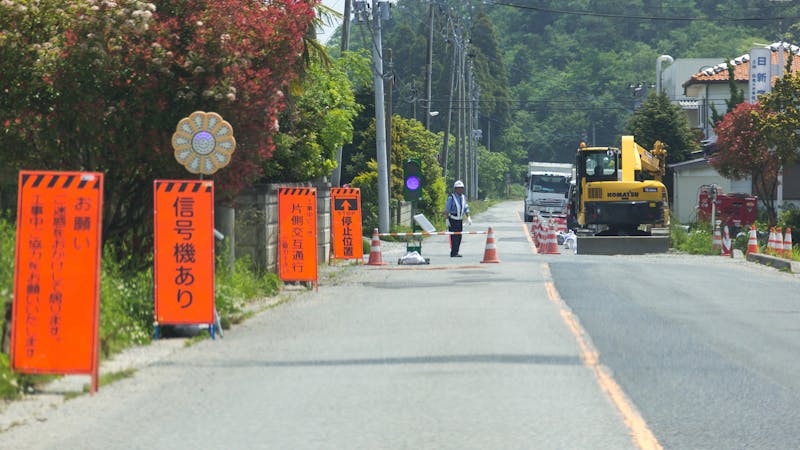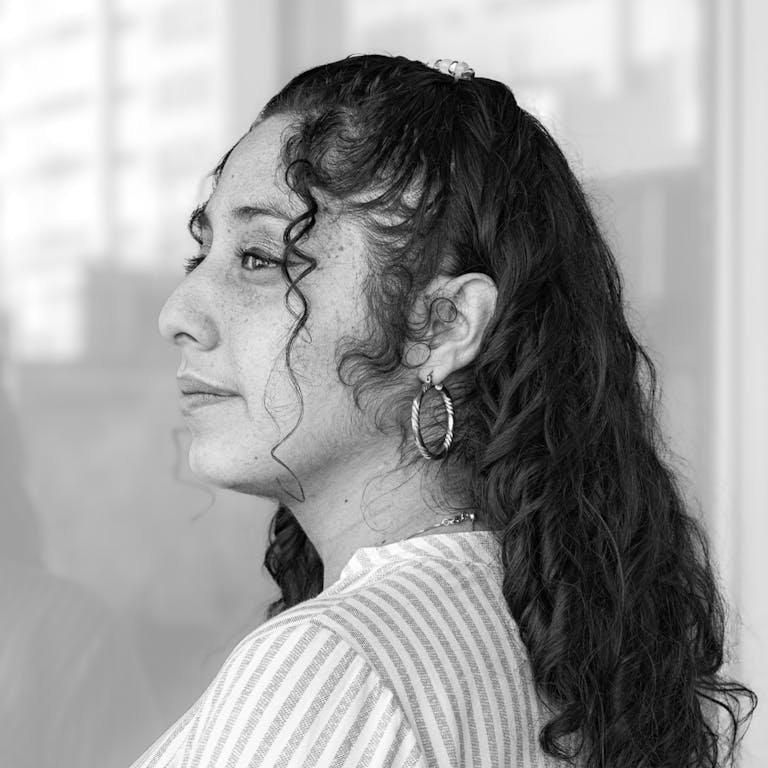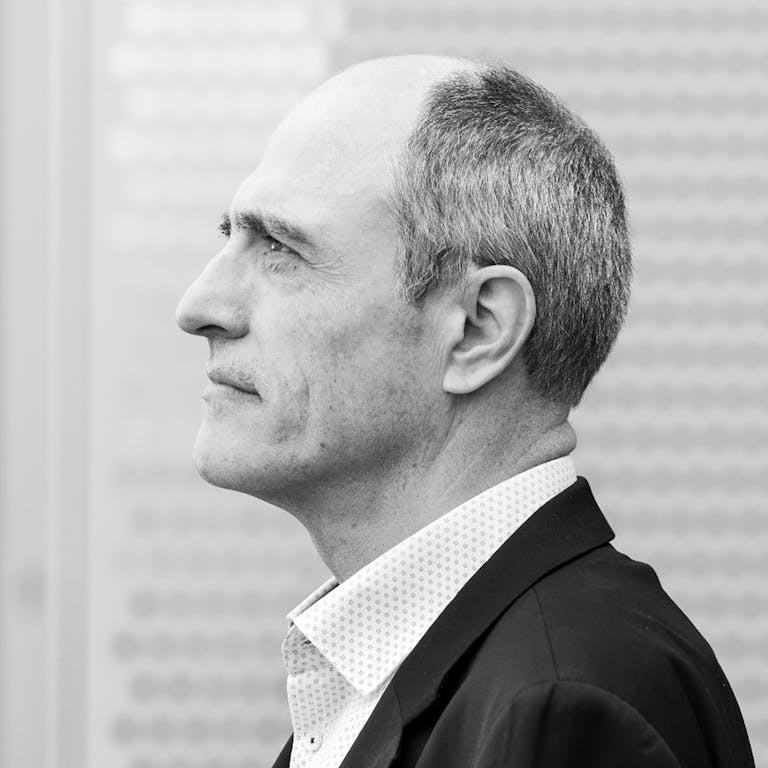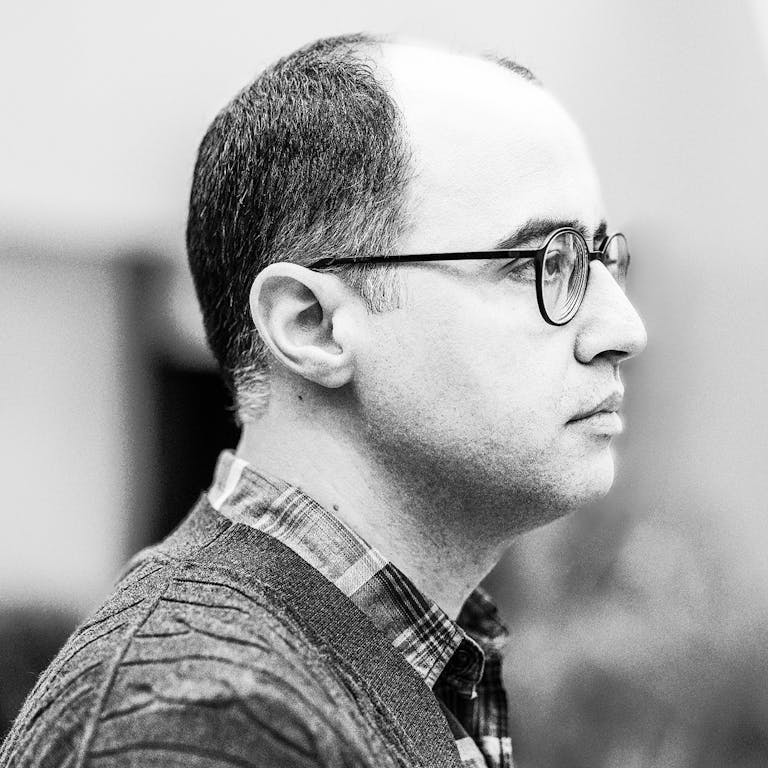
Educating for resilience: a collaboration on disaster risk reduction
2 min
"We do not want the memory of what happened to fade over time.”— Hajime Iwata
A Story by Hajime Iwata, Media and Public Relations Expert, AXA Japan
Where were you when the earthquake struck?
I was in a meeting at the Chamber of Commerce and Industry in Tokyo. The epicentre was in Miyagi prefecture, which is 500 kilometres away from the capital, but we immediately felt the building starting to sway and we knew it was a very large earthquake (later called the Great East Japan Earthquake).
“A disaster like this reminds you of the noble purpose of what you are doing as an insurer.”
What did you do in the aftermath of the disaster?
My job was to help develop the company’s disaster response and relay it to the media. We realised that the area hit by the tsunami was severely damaged and the most critical thing was to restore lifelines: telecommunications networks, food, fresh water. We collaborated with and funded local NGOs to carry out life-saving work. AXA Group donated $1 million to the earthquake-affected area. We also gathered donations of food and clothes in AXA offices outside of the impacted area, launched a concurrent internal donation drive with AXA employees globally and also started a 1 Euro per 1 Contract
donation campaign with our customers nationwide.
I was also one of many of our employees who went to the devastated area to help find our customers and confirm their safety. I would go to their addresses, only to find that their homes had been washed away, so I would have to track them down at evacuation sites like converted school gyms. It was unbelievable seeing the disaster-stricken area in person.

You also worked on a disaster risk reduction education programme with UNESCO. Can you tell us about that?
AXA started funding this programme in 2014. It aims to pass on the experiences of the people affected by the Great East Japan Earthquake. We do not want the memory of what happened to fade over time. So, we aim to establish a sustainable society utilising what we learned and experienced from the earthquake to prevent and reduce disaster risks for local communities. The programme targets schoolteachers nationwide and tells the story of the devastated
area, hoping that the experience can be used to prepare for future natural disasters.
Every year, about 30 teachers from elementary and junior high schools all around Japan go to the devastated area and learn about what happened, then bring that knowledge back into their own classrooms and local communities. It’s both practical and emotional: we want people to know what to do in the event of a disaster, how to build a shelter, and how to protect themselves. And we also do not want to forget.



